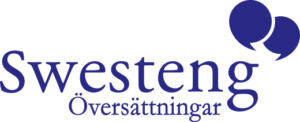Perfect matches, content matches and repetitions are basically the same as 100% match. This means that a segment in the document is identical to a segment stored in the Translation Memory. In the analyses above, we have 0 perfect match words, 546 context matches, 1516 100% matching words and 196 repetitions. For those the client usually does not pay anything – they have been translated in the past, entered to the translation memory and those are so-called „translated words which the client owns“.
New are new words that need to be translated. In this very case, 784 words.
Percentages, so-called fuzzy matches with gaps 95-99%, 85-94%, 75-84% – these are the words that are partly identical to what is found in TM and need revision. Only 50-74% (sometimes also 0-74%) are the ones where no similar segment has been found and the text must be translated entirely. Those – 0-74% – fuzzies are the ones that confuse clients most often. It may seem that the number of new words is only 784 but in fact 50-74% fuzzies have to be calculated as new ones too.


